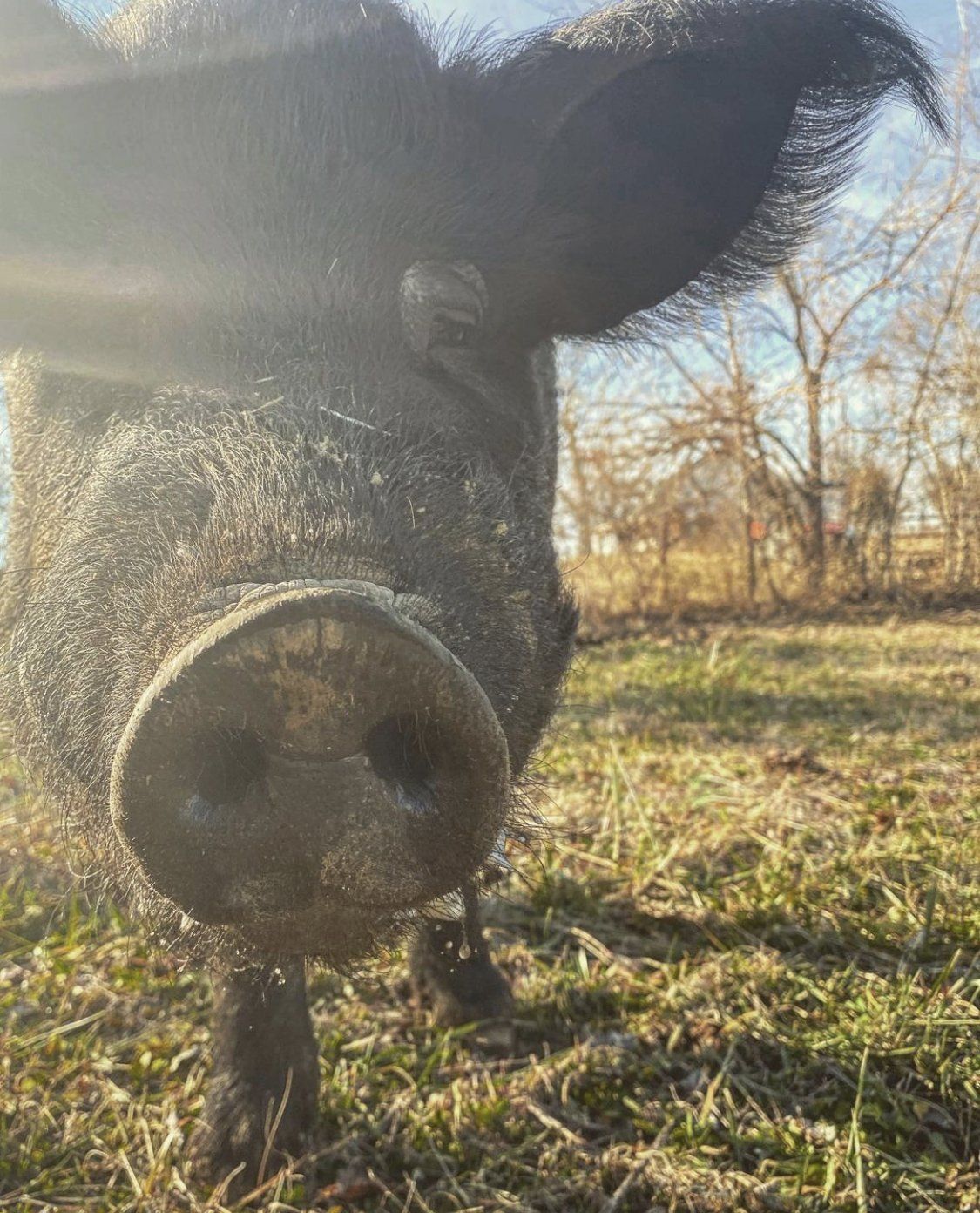It's Friday! And we had a busy day on the farm with the cows getting out not once, but twice, and the second time the sheep joined them. Luckily, everyone is back on their prospective pastures. In veggie world, we continue to harvest greens and carrots from the fields, constantly amazed that we can grow food in February when the ground is frozen so much of the time. We continue to seed new crops for spring and look forward to the warmer days.
This week we are sending some greens including radicchio, a salad mix, and some radish microgreens that are wonderful to add on top of just about anything (your eggs, avo toast, sandwiches, soups, etc). You might remember the radicchio is quite bitter. You can cut the bitterness by mixing the raddicchio with your other greens for salads and using a creamy dressing, or try roasting the greens with some cheese on top – here's a super simple and delicious recipe.
It's February, so of course you will also be receiving a bunch of root veggies. Expect some rutabagas that look like turnips (read more about them below), sweet potatoes, carrots, and radishes. The radishes are perfect for roasting, pickling, or slicing thin and adding to salads. Happy cooking!
What's in the veggie box:
Rutabagas
It looks a bit like a turnip, tastes like a sweet cabbage and has the yellow fleshy interior like a potato. The Swedes love it, and Americans don’t really know what to do with it. The Rutabaga is a brassica that holds its own in the world of roots. Grown mostly in the fall in Tennessee, Rutabagas are a powerhouse of nutrients that last for up to 2 months in a cellar or refrigerator. Like sweet potatoes, they have ample amounts of beta-carotene. They are great sources of zinc, potassium, magnesium and calcium. Try roasting them with other root vegetables, or peel, chop and boil them to make a delicious mashed rutabaga dish.
**Use the code CANEYFORK2021 to receive $25 off your treatment at HaLé Integrative Health
Recipes




